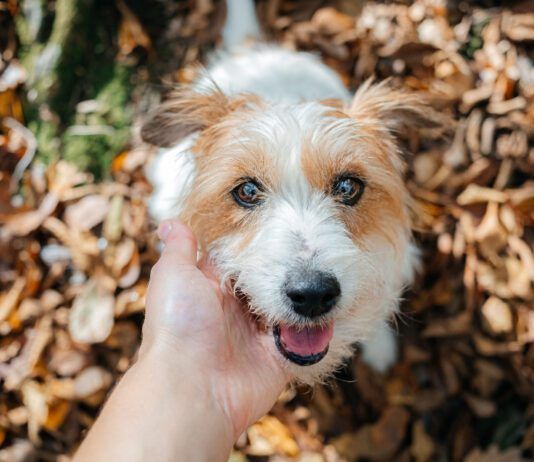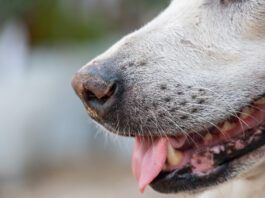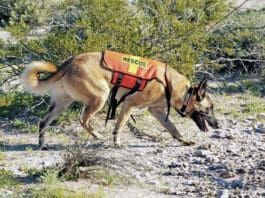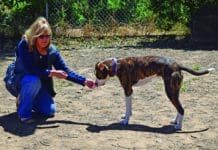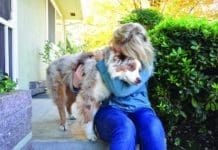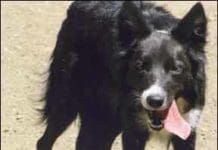Teach Your Dog to Make Eye Contact
If your dog doesn't already know the value of eye contact with humans, you can easily teach her. This is an operant conditioning/positive reinforcement exercise your dog learns her behavior can make good stuff happen. When your dog has come to realize the value of eye contact, she will sometimes offer the behavior without being cued. Be sure to reinforce offered eye contact as well as cued eye contact. To help her be comfortable with eye contact from other humans, ask your friends to play the Watch" game with her as well."
Canine Body Language Danger Signs
Dogs almost always give clear signals though the signs may be subtle before they bite. A bite without warning" is truly a rare occurrence. Most of the time the human just wasn't listening
Listening to Your Dog’s Body Signals
The dog training world has become exponentially more aware of the significance of dog body language communication over the past two decades. We know how critically important it is in keeping dogs and people safe, and in building relationships of mutual trust and respect that result in lifelong bonds between canines and their humans. And yet we still see training and behavior professionals as well as regular dog owners who utterly fail to understand what their dogs are desperately trying to say to them.
It’s All in Your Dog’s Eyes
Teaching our dogs to look at us is important for training; if we have their attention, we can get them to work with us. If we can keep their attention, we can keep them working with us even in the face of distractions. These things are big accomplishments, but the value of teaching eye contact is even bigger!
Eye Contact in Dog Training
It's really not natural for dogs to offer direct and prolonged eye contact. In the dog world, direct eye contact is a threat, and the appropriate response to a direct stare is to look away as a deference or appeasement behavior (I'm not challenging you/please don't hurt me!"). In many human cultures
Unsticking Myths About Dogs
apprehensive
How Dogs Interpret Your Body Language
People who work successfully with dogs either have good instincts about how to interact with them, or they learn quickly. There is a real art to using body language to help a dog feel at ease with your presence. The most competent professionals make training look almost effortless, because all the messages they convey to their canine pupils are calm, clear, and consistent and that means both the cues and rewards they use consciously, and the posture and movements they use without thinking.
5 Things to Know About A Dog’s Threshold
has tuned out his owner
Your Guide to Dog Facial Expressions
There is great value in having a solid understanding of canine facial expressions and their accompanying body language and behavior. The following are some of the more common canine communications offered by those very expressive furry faces. Keep in mind, though, that when drawing conclusions about a dog's facial expressions, it's important to factor in the rest of the body language in order to get the whole message.
Determining the Cause of Your Dog’s Panting
I’m awakened by the exhalation of my Border Collie’s warm breath on my face: heh-heh-heh. I slowly open one eye and focus on the nose just inches from my own. I may be anthropomorphizing, but I suspect he’s grinning. There it is again – a breathy heh-heh-heh. Wait a minute! Is he just panting or is he laughing at me? Given the way dogs are designed, panting is a very normal bodily function. Dogs don’t have sweat glands throughout their body to expel heat like humans do.
Learn to Read Your Dog’s Body Signals
How many times have I heard a dog owner say, If only they could speak!" And how many times have I bitten back my first retort: "But they can speak! You're just not listening!" We humans are a verbal species. We long for our beloved canine companions to speak to us in words we can easily understand. While they have some capacity for vocal communication
The Meanings Behind Different Dog Sounds
Canine vocal communications can be classified as barks, growls, howls, whines, and whimpers. Within those classifications, the sounds can have varying meanings. Your dog's voice must be taken in context with the rest of his behavior and body language for you to truly understand what he's saying to you.


